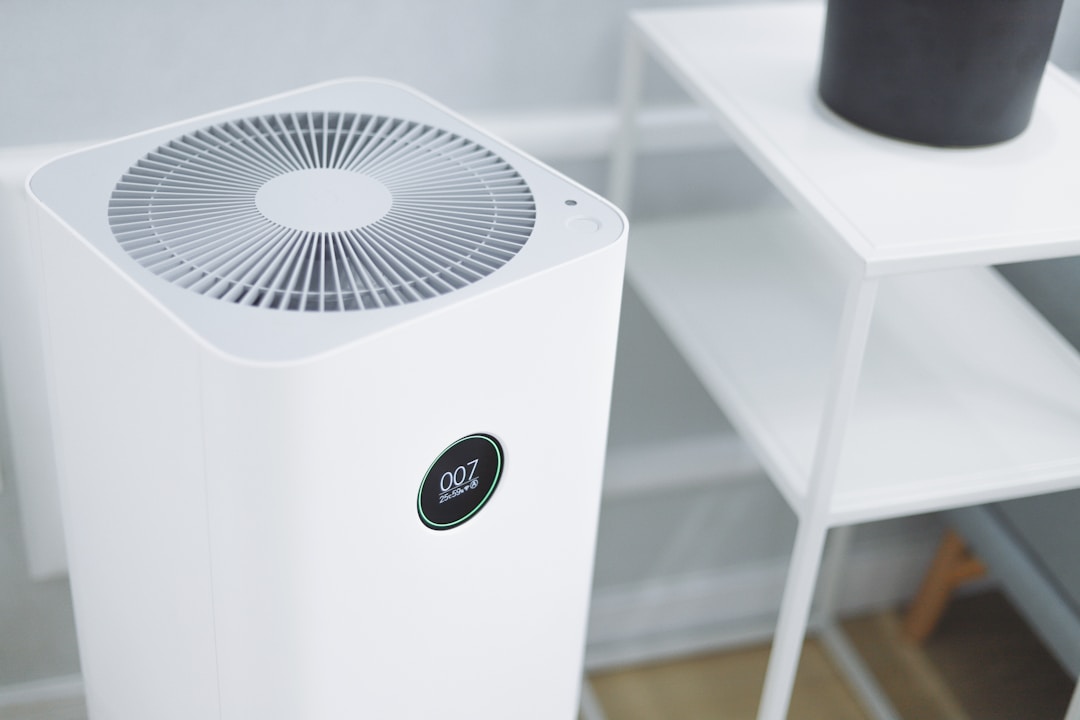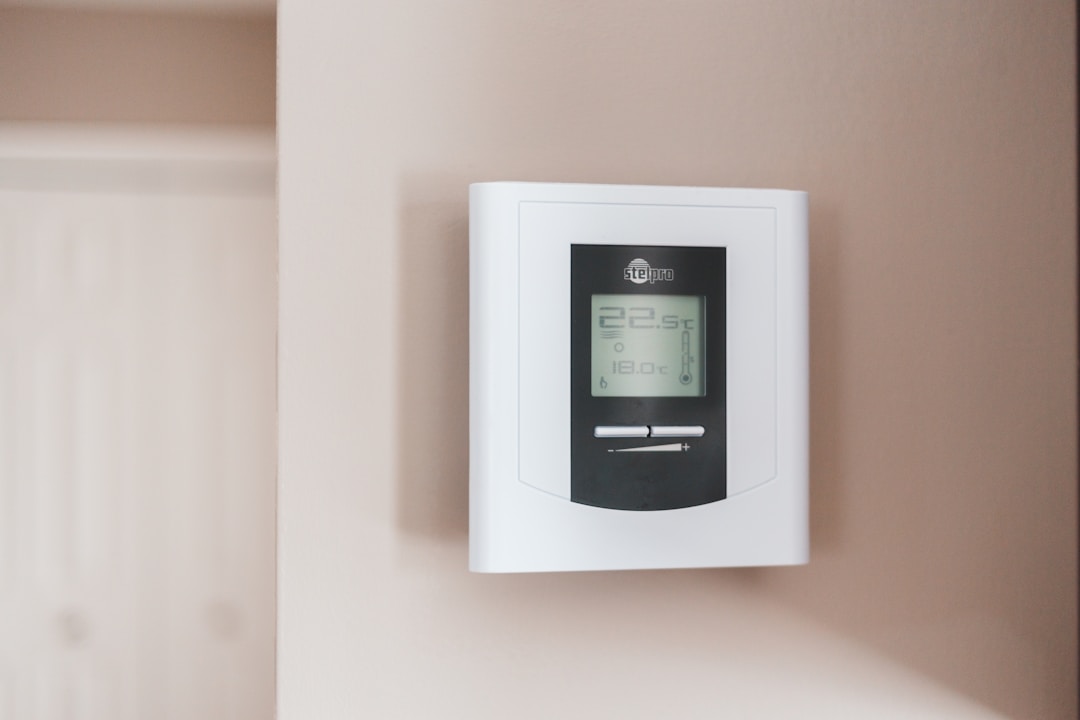Comfort in your home is key to truly enjoying your living space. However, even the most comfortable of mattresses and couches won’t do the trick if the temperature is not properly balanced. If you’re too hot or too cold, you may not be able to get yourself situated at the end of a long day. There are factors at play that could help you correct these issues in your home in little to no time at all.
1. Poor Insulation

Cold air can seep in during the winter months, putting more pressure on your furnace to warm the house up. This will send your energy bill soaring throughout the season. It’s important to make sure your home’s insulation is up to the challenge. Be sure to check your attic for any crack where cold air and moisture could be creating an issue.
You’ll also want to make sure that your home’s floors are properly insulated. Companies like Plum Carpet will make sure that insulation layers are placed before newly-added carpets, as well as wood floors. It’s the best way to make sure that warm air properly circulates throughout the house during the colder months.
2. Heating and Cooling Unit Location

Depending on where your vents or units are located, the rooms nearest your furnace or air conditioner will naturally feel the brunt of the circulation. This could leave some rooms dealing with a significant amount of humidity and heat during the summer months. This is also impacted by the number of windows within a room.
While those windows can help improve indoor air quality by welcoming fresh air in, they can also send temperatures to different extremes. It’s important that those windows are sealed properly to better regulate hot and cold air.
3. Humidity Level

A humid environment in your household is very unpleasant. One of the main reasons to control your home’s humidity is to prevent a breeding ground for mold. High levels of humidity and moisture make for a Petri dish for dangerous spores to grow, leading to health issues with prolonged exposure. This includes respiratory illnesses like asthma.
The ideal humidity range indoors should be between 30-45 percent. A whole-home dehumidifier can assure better indoor air quality that will also properly balance temperatures and comfort levels. Eliminating moisture buildup can also put less pressure on your cooling system during the summer months.
4. Leaky Ductwork

An HVAC unit is a wise investment for homeowners to make to rely on a proper cooling and heating system year-round. However, issues within the unit and ductwork can lead to malfunctions that bring discomfort to your household. Cracks and leaks in ducts can cause a drop in airflow. Even small leaks in poorly insulated ducts can help to eliminate circulation.
This can put more pressure on an HVAC system, leading to burnout of equipment like condensers and exhaust fans. Long-term damage to the system can also occur with improper upkeep. Dirty filters can clog ducts and create environments for dust mites and other contaminants to call home.
5. Ineffective Thermostats

Older and outdated thermostats can have malfunctions that don’t give a proper reading on your home’s temperature. Thermostats that are not properly placed can lead to the growing humidity of your home without triggering on the air conditioner or furnace. For example, if a thermostat is being hit by direct sunlight, it creates too high of a temperature reading when you’re not trying to get cold air flowing.
You also don’t want to be too close to windows to throw off the temperature brought in from the outdoors. This is all in the name of saving you on your energy bills in the long run.

